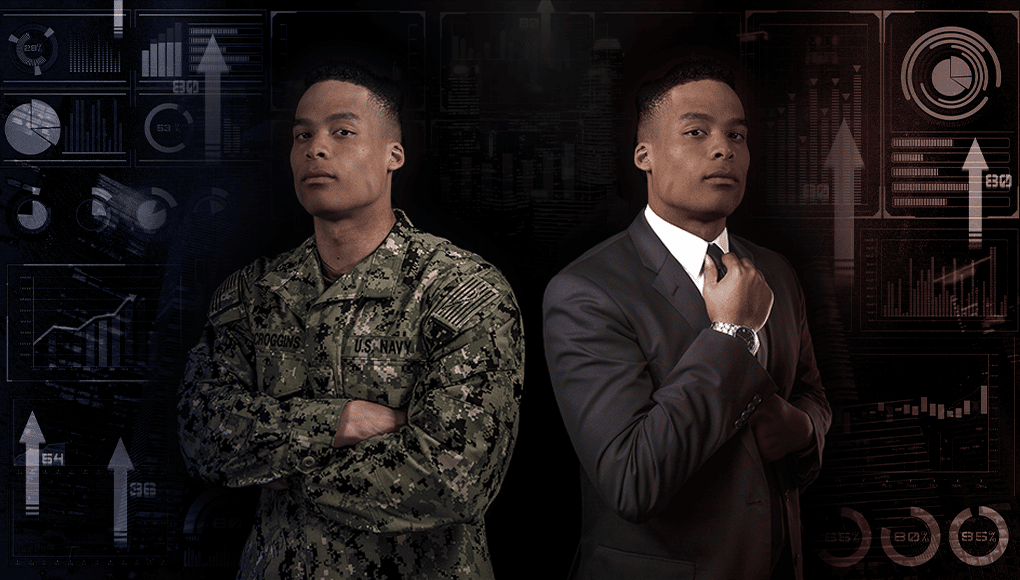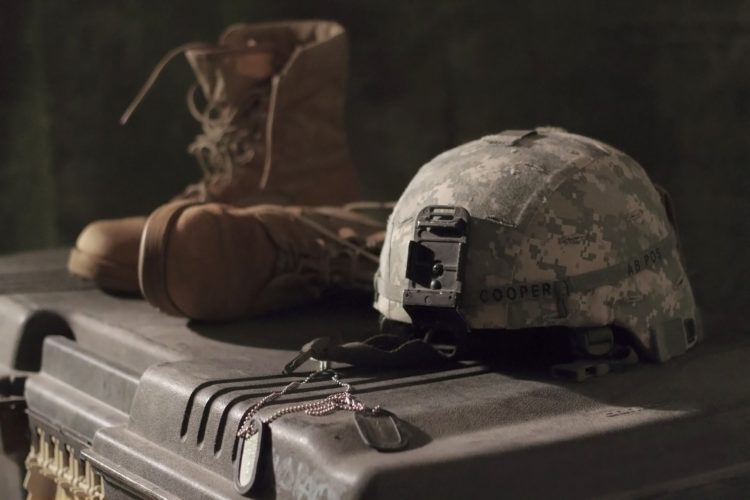
When US Air Force veteran Brian Niswander moved from active duty to civilian life in the mid-1990s, he dove into the corporate world full-throttle. He began serving in a range of management and leadership positions in Fortune 500 companies, working in roles from marketing to operations and research to manufacturing. Along the way, he recruited, managed and mentored veterans and service members as they transitioned out of the military.
But during that time, Niswander began to notice that service members were facing consistent challenges during their transition processes, in part because they also didn’t fully understand the civilian workforce. It was watching scores of people struggle with the same things year after year that spurred him to create Military Transition, a nonprofit dedicated to helping them in the planning, process and ultimate success of their transitions.
Data—what Niswander calls Transition Intelligence—is at the heart of what the organization provides. In 2015, he began creating surveys to collect perspectives and experiences of veterans who had already been through the process and compiled them into reports. He also compiled results into an interactive, online dashboard, which can be customized according to a myriad of things, from gender to branch and specialty to education.
The questions in Niswanders surveys, which he’s since expanded to include active duty, National Guard and Reserve members, as well as military spouses and civilian employers, ask respondents a spectrum of questions about post-military life and work: how veterans rate the ease or challenge of their transitions to civilian life; what veterans see as the most helpful tools during their transitions; how veterans feel about their compensation in their respective civilian jobs; and how they’d rate their general level of happiness, and more.
In the years since launching Military Transition, Niswander and his colleagues have seen a number of trends, tips and tools emerge from the data. Based on survey answers, they’ve created a list of five top to-dos that veteran-respondents have recommended for service members, even before they leave the military—in fact, they advise service members to start thinking about their civilian life from their first day of service:

1. Start preparing for your transition early—84% of veterans say this is important.
Starting early helps you prepare for the process, even if you’re still focused on your military careers. You need to be thinking about your transition the day they put the uniform on, says Niswander. Because decisions you make in uniform will impact your future marketability.
2. Have a transition plan—83% of veterans agree.
You can’t hit a target without a plan. Creating a plan begins with self-reflection, and thinking about what you want to do after your service. Your plan doesn’t have to be complicated. But it should be written out with goals, enabling activities, and timelines. As you consider your future, civilian life, think about the civilian workforce, education and training programs as well as what interests you and where you might want to live. You can use this as a roadmap to start connecting with people in the fields that seem interesting, and potentially find a mentor.
3. Network. Who you know—and who knows you—is important. 86% agree.
This, according to Niswander, is the most-recommended step of a successful transition. Get active on LinkedIn and other digital forums, participate in community groups, and build your network through face-to-face networking. Engage with other service members, veterans and civilians to understand their career experiences, education and training programs.
In addition to LinkedIn, Niswander also recommends American Corporate Partners (ACP), which helps veterans and their spouses cultivate their careers, and Veterati, a mentoring network for the military.

4. Learn how to translate your skills from the military world to the civilian sector—a key step according to 83% of respondents.
For scores of veterans, this can be the most challenging step in the process. In addition to translating your skills to the civilian workplace, learning how to interview and demonstrate your value to a potential employer are also key. It may feel awkward, but practicing interviews can be a huge book to your confidence, preparation, and in turn how you perform. Ask your network for help and feedback—people are almost always honored to be of help.
5. Be patient—82% of veterans say this is essential.
It took time to learn your job in the armed forces. Similarly, it will take time to find the direction, approach and opportunities you seek in civilian life. It can feel passive, but embrace patience as crucial to mental health as much as anything else. With your transition plan as the backbone of your process, leaning into patience, persistence and resilience will only help you build the next phase of your career, and beyond.
In addition to Military Transitions’ in-depth sets of data and interactive offerings, the organization also created downloadable e-books to help guide veterans and active duty members through their careers during and after their service. Titles include “Truths About the Military Transition,” an easily-digestible read with 10 lessons for people on their first day in the military. The third book that’s currently available, “Military Transition Challenges,” has chapters on topics like loss of purpose and community; employment and financial concerns; and reluctance to ask for help. Each book is designed to be a resource across the stages of a career.
Overall, Military Transition was designed to take challenging, sometimes complicated processes, and make them understandable and applicable to real life. USAA, the financial institution created for military members and their families, believes Military Transition is invaluable.
“The information and support tools that Brian Niswander has created are invaluable,” said Chuck Bunch from USAA’s Military Advocacy Group. “Before Military Transition, there was little actionable data to support veterans and service members in decision making as they navigated their professional and personal journeys. Now, with Brian’s reports, there’s a wealth of information available to help guide and support them, every step of the way, with a solid foundation under their feet.
“That’s not only good for veterans and their families, but for their communities, companies, and the civilian world overall.”
